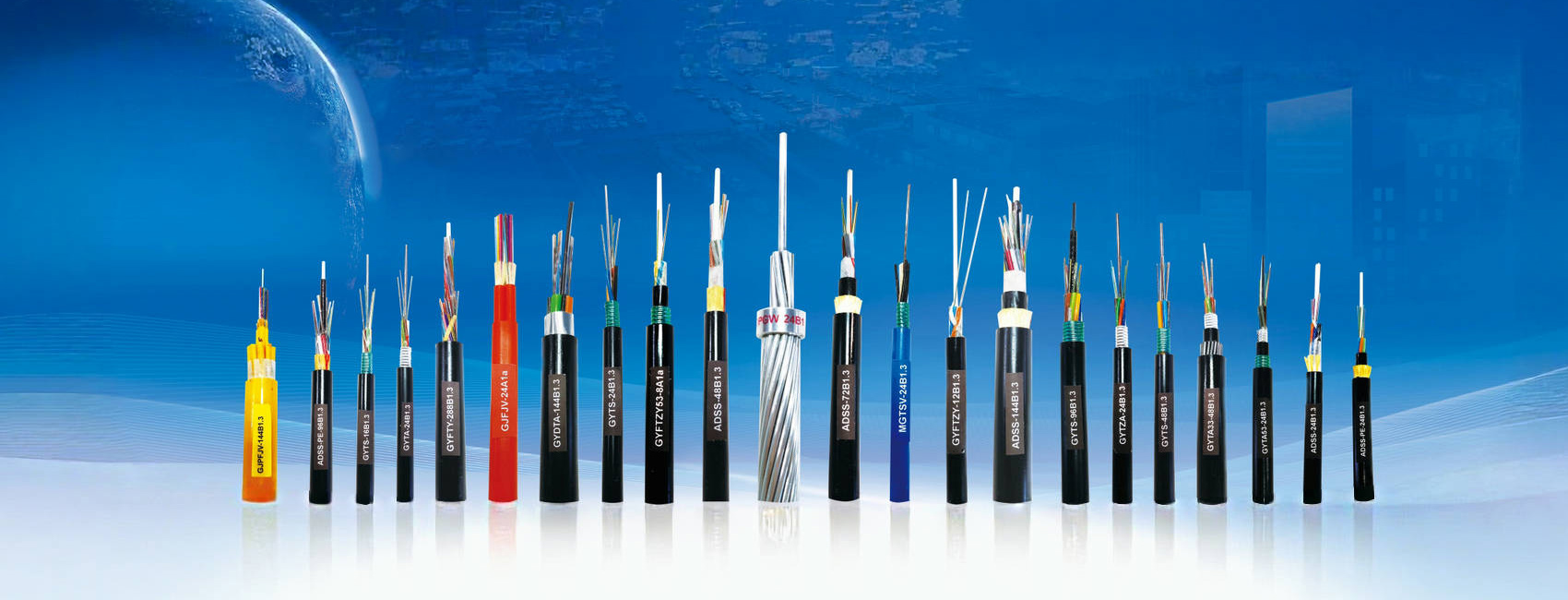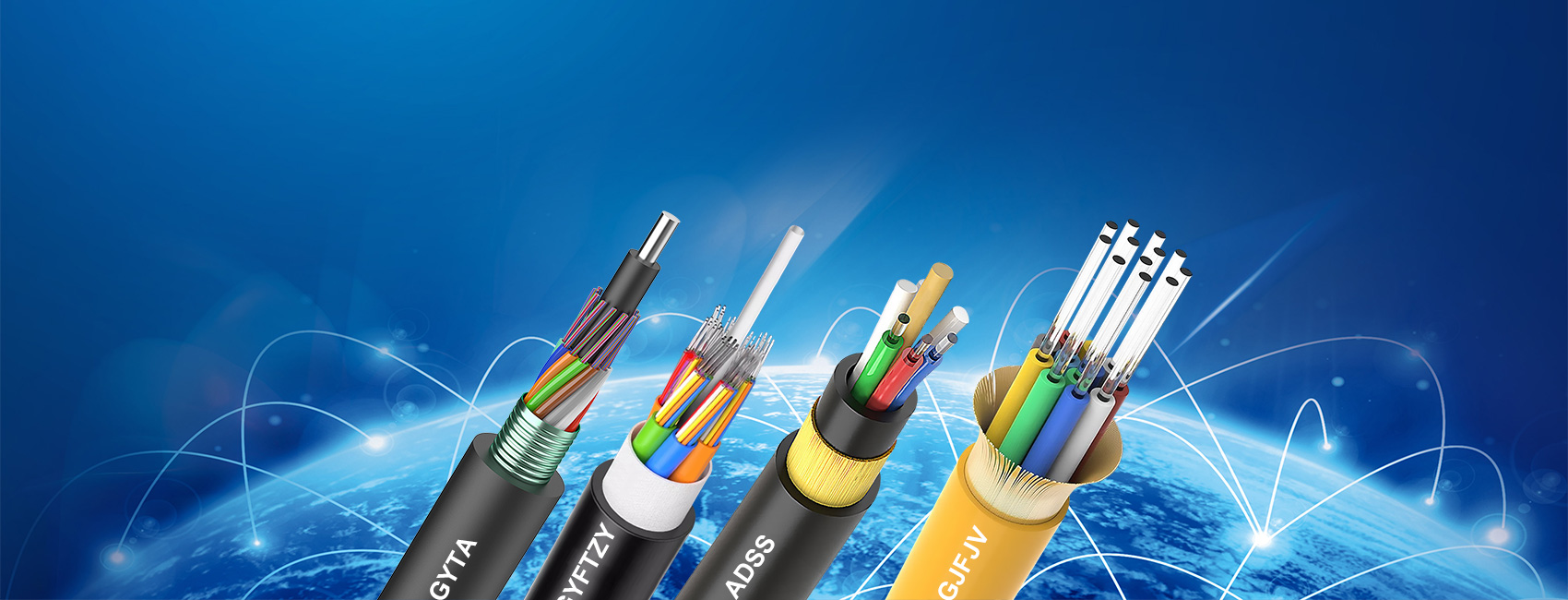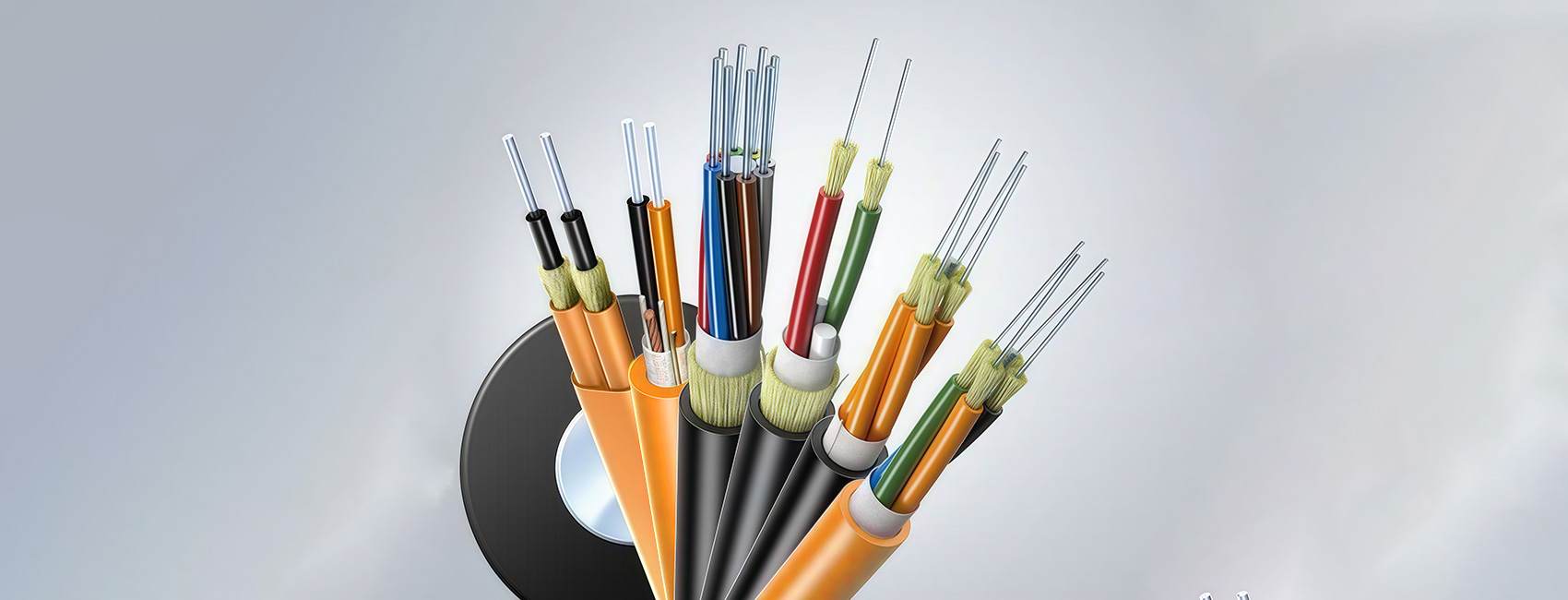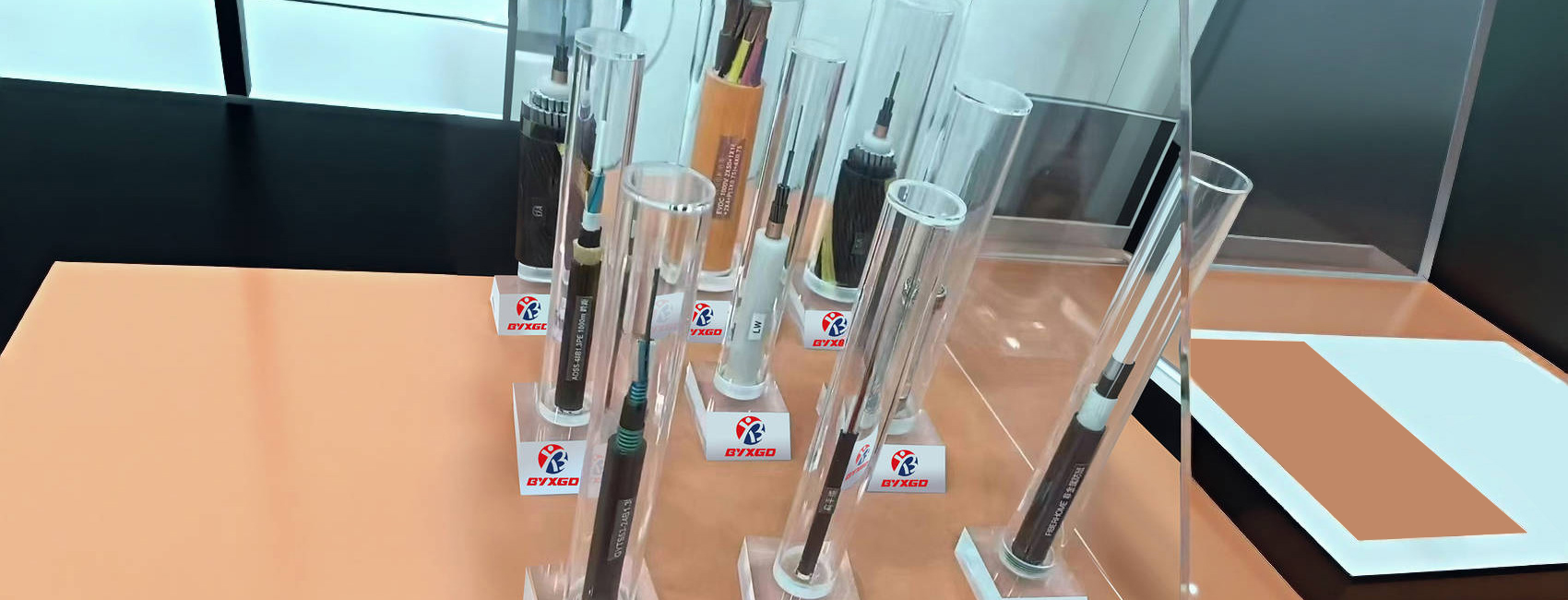7 Key Differences Between Ribbon and Loose Tube Fiber Optic Cables

Why Does Cable Choice Matter in Modern Networks?
Today, fiber optic cables are central to high speed communication networks, enabling the fast and reliable transmission of data over long distances. The two most commonly used types are ribbon fiber cables and loose tube fiber cables. Each cable type has specifications for performance and structure. Network engineers and planners must understand the differences between the two types to select or design cables that increase reliability, scalability and cost effectiveness.
Ribbon fiber cables contain multiple fibers that are bonded together in flat ribbons. Optically, this is to pour more fibers together in a small amount of space. Ribbon fiber cables are most common in data center deployments and backbone networks where space is limited and mass fusion splicing is utilized.
In contrast, loose tube cables contain individual fibers that are housed loosely in buffer tubes. The tubes are typically arranged in concentric layers, with each fiber protected and surrounded by a central strength member designed to resist tension and compression that fibers are subjected to. Loose tube fiber optic cables are typically deployed in FTTH type applications (fiber to the home) along with aerial deployment applications. The loose tube configurations offer the expansion and contraction of the fibers based on changes of temperature, hence optimal stress of use cases for temperature extremes both positive and negative, so maintaining fiber speed and reliability of data.
The cable type chosen does influence the complexity of the installation process, maintenance, and ultimately the operation of the fiber optic cable. This reinforces and highlights the need to make educated and intelligent decisions when deploying cable.
How Do Ribbon and Loose Tube Fibers Differ in Arrangement and Structure?
The structural design of the fiber optic cable internally influences how the fiber is handled during installation and is overall suitable and applicable to the application at hand. Ribbon fiber cables contain flat strips where approximately 4 – 24 fibers are fused side-by-side. They will often be either stacked or bundled to create a high fiber count installation in a dense grouping, while also allowing a quicker and therefore more efficient way to splice multiple fibers at a time. For example, with this service will enable the user to solder flat thickness greater than the internal cable and covering layer – flat ribbons of fiber are spliced together and not housed in predetermined buffer tubes.
On the other hand, loose tube arrangements contain individual fibers that are loosely housed in an average of multiple buffer tubes that surround a strength member. (i.e.) the strength member is added to the product to eliminate or reduce strain, tension, and circumferences. This loose structure protects fibers from outside environmental forces and mechanical stresses, increasing durability and flexibility. In addition, the loose structure allows technicians to access particular fibers without disturbing adjacent fibers, making maintenance simpler in outside networks.
Although ribbon cables are great for spatial efficiency, loose tube cables provide excellent adaptability and protection in tough environments.
What Role Does Fiber Density Play in Network Efficiency?
Fiber density has a direct impact on how many fibers can be incorporated into the diameter of the cable which has a direct impact on the network utilization of the duct space and network scalability. Ribbon fiber cables are capable of high densities by fusing fibers in a flat ribbon, with development such as rollable ribbon fibers and Corning flow ribbon advancing towards density and packaging efficiency. Ribbon cables are ideal for spaces efficiently where the goal of the installation is to maximize fiber count in a constrained amount of space.
Loose tube cables provide the flexibility of easily pulling out fibers, but typically a lower density of fibers than a ribbon cable with fibers spread throughout multiple tubes. Loose tube cables would be beneficial for applications which value access to fibers and durability more than maximizing possible fiber counts, including outdoor installations and FTTH.
A higher fiber density, as with a ribbon cable, requires less expansion of the duct space in order to achieve growth in the network whereas a loose tube cable is slightly less dense and advantageous where environmental resilience and access are limitations.
Why Does Splicing Method Impact Installation Speed and Cost?
The type of splicing method will definitely provide some influence upon project efficiencies and costs. The advantage of ribbon fiber cables is the mass fusion splicing method which allows technicians to fusion splice multiple fibers (a dozen or more) all at the same time. The process of bulk splicing significantly reduces labor hours and costs, which is especially useful in large jobs like data centers and backbone networks. In contrast, loose tube cables call for splicing the fibers individually, which will take significantly longer and require more labor effort to accomplish. Here although the loose tube cables offer flexibility and protection benefits, the demands of splicing may add to the overall time and cost of an installation. Faster splicing with ribbon cables also benefits in emergency repairs or network expansions by minimizing the time needed to return the network into service.
Which Cable Type Offers Better Environmental Protection and Durability?
When it comes to environmental conditions, loose tube cables generally provide superior protection. Their gel-filled or dry water-blocked tubes prevent moisture from entering, while protective jackets allow the fibers to be resistant to extreme temperatures and mechanical stress, which makes loose tube cables a good choice in aerial, underground, or duct installations. Although ribbon cables have a smaller footprint with greater density, they are at risk of being crushed or bent due to their relatively higher minimum bend radius. Ribbon cables perform better in a controlled indoor environment, like the data center, where the environmental stresses are significantly minimized. Between two types of cables, the final decision will revolve around deployment conditions while balancing the compactness of the cable and the characteristics required for environmental ruggedness.
How Does Mid-Span Access Affect Maintenance and Network Flexibility?
Loose tube cables have great mid-span access because technicians can reach any individual fiber or buffer tube without disturbing the other fibers in the cable. This is invaluable for maintenance and repairs, or even just making a branch, especially in FTTH or drop cable scenarios. Ribbon fiber cables make fiber access mid span a bit more difficult on the bonded ribbons. Getting access to a single fiber usually results in extracting the whole ribbon which increases damage risk and adds time to the maintenance repair.
This difference is very important when flexibility from a network and maintenance perspective is important.
What Are the Cost Considerations and Typical Use Cases?
Ribbon fiber cables tend to be more cost-effective for high-density applications like backbone networks, data centers, and long-haul links where splicing labor is reduced and less duct is needed for installation. While their upfront cost may be higher than that of loose tube fibers installed, the efficiencies of installation labor usually offset that upfront cost.
Loose tube fibers are usually preferred in networks where frequent access to fibers is required like FTTH and aerial systems (e.g., self-supporting cable). Loose tube fibers usually, though not always, have lower upfront cable costs but increase labor costs due to more frequent splicing of single fibers.
Often many networks utilize hybrid cables that have both ribbon and loose tube fibers in them which incorporate “the best of both worlds”.
What Future Innovations Are Shaping Fiber Optic Cable Technology?
There are always emerging technologies such as rollable ribbon fiber which allows for more flexibility and packing density which assist ribbon cables perform better in the bend radius and physical handling. Intermittently bonded/robust connectors (IBR) enhance the overall bend radius and durability of ribbon cables expanding their overall versatility.
Hybrid cable constructions that integrate or combine ribbon and loose tube fibers often assist in performance and ease of installation. The speed of advances to the splicing of ribbon fiber optic cables. Automation will continue to provide rapid, reliable, and efficient routes for deployment.
 Sum up
Sum up
Choosing between ribbon or loose tube fiber optic cables comes down to the differences in their seven main distinctions; structure, density, splicing, protection, accessibility, cost, and advancement. Ribbon cables usually excel in high-density applications with limited space whereas loose tube cables tend to excel with more flexibility and in harsher conditions.
One size does not fit all in any project. The best value of your selected cable is based solely on the intended network requirements and parameters to ensure the optimum cost, reliability, and scalability for a future-proofed fiber optic generated infrastructure.



 Sum up
Sum up